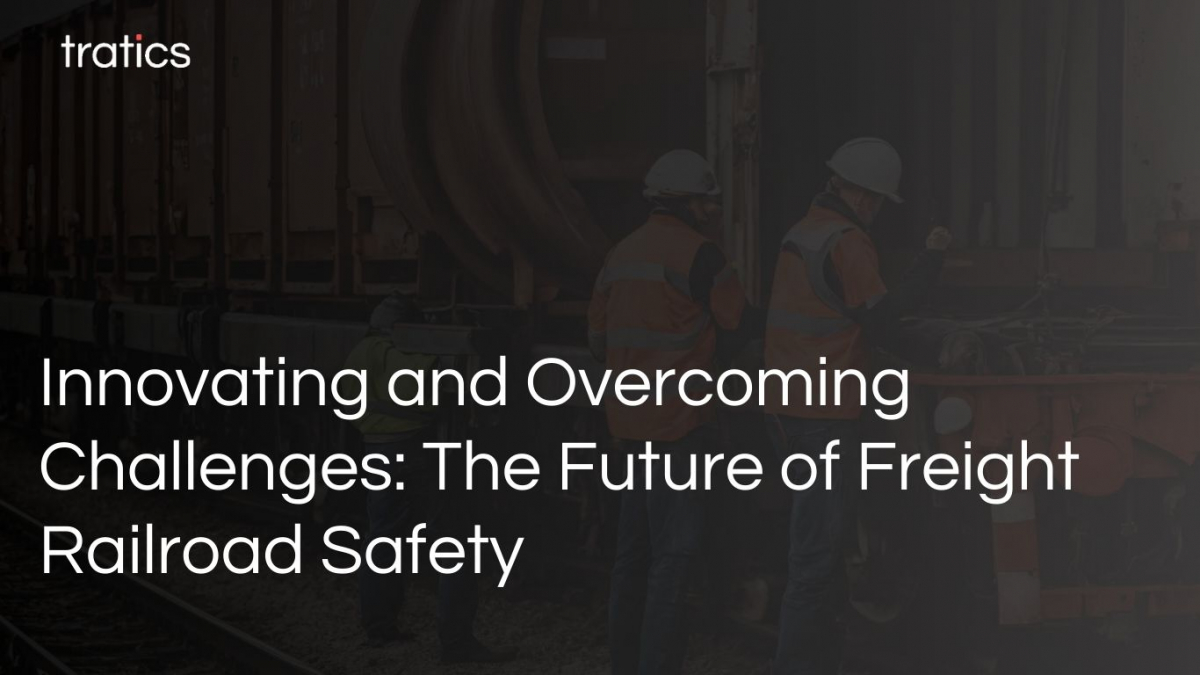The Vanguard of Safety: Cutting-Edge Technologies
Positive Train Control (PTC)
PTC systems were supposed to revolutionize rail safety. This system is designed to automatically stop a train before certain types of accidents occur, such as train-to-train collisions or derailments caused by excessive speed. The widespread implementation of PTC marks a milestone in railroad safety, but the ultimate positive results of this government mandated technology have not been proven.
Advanced Monitoring and Predictive Analytics
Railroads now use sophisticated monitoring systems to detect potential issues before they become problems. Sensors along tracks and on trains collect data, allowing for predictive analytics to anticipate maintenance needs and prevent equipment failures.
Drones and automated track inspection vehicles are becoming increasingly common. These technologies allow for more frequent and thorough inspections of tracks and infrastructure, improving the ability to identify and address potential safety hazards.
Adapting to New Technologies and Investing in the Basics
Integrating new technologies into existing railroad systems is complex and costly. Ensuring compatibility, training staff, and updating operational protocols are significant hurdles. Regulations need to keep pace with technological advancements and changing industry dynamics. This requires continuous dialogue and collaboration between industry players, regulatory bodies, and other stakeholders.
While railroads as private entities with a goal of maximizing profitability are going to invest in safety, this type of investment is hard to justify from pure IRR analysis. Society through government intervention has a key role to play in providing the funding to research, invent and implement new safety standards.
Investing in employee training and fostering a safety-first culture remains vital. Regular training updates, safety drills, and employee engagement in safety initiatives are essential.
Modernizing aging infrastructure is another area requiring sustained investment. This includes upgrading tracks, bridges, and signaling systems to meet current safety standards.
The Role of Funding in Railroad Safety
The U.S. government, recognizing the vital role of railroads in the national economy, has provided subsidies and grants to support safety enhancements. Programs like the Consolidated Rail Infrastructure and Safety Improvements (CRISI) grant and the Federal Railroad Administration's (FRA) Railroad Safety Infrastructure Improvement Grants are examples of such initiatives. These funds help railroads invest in safety technologies, infrastructure improvements, and research and development.
Public-private partnerships have also been instrumental in funding safety initiatives. These collaborations between government entities and private railroad companies allow for sharing the financial burden of large-scale safety projects, ensuring that critical safety improvements are not hindered by financial constraints.
Improved safety leads to greater operational efficiency and reliability, which in turn can attract more business. Companies that prioritize safety are often viewed more favorably by customers and partners. Enhanced safety measures can lead to lower insurance premiums and reduced liability risks, contributing to overall cost savings for railroad companies.
Investing in safety is not just a regulatory and moral imperative; it also makes economic sense from a business and societal perspective. Investments in safety help in significantly reducing the costs associated with accidents, such as property damage, environmental cleanup, and legal liabilities.
Continued investment in innovative technologies like predictive analytics, automation, and advanced monitoring systems will be crucial. These technologies not only enhance safety but also improve operational efficiency.
Increasing safety and reducing accidents is an ongoing process of innovation, challenge management, and adaptation. This involves the railroads, government agencies, startups in the safety field, and the broader public. Given the high impact on life that rail accidents can have, railroad safety investment and improvement is an imperative for the US.

